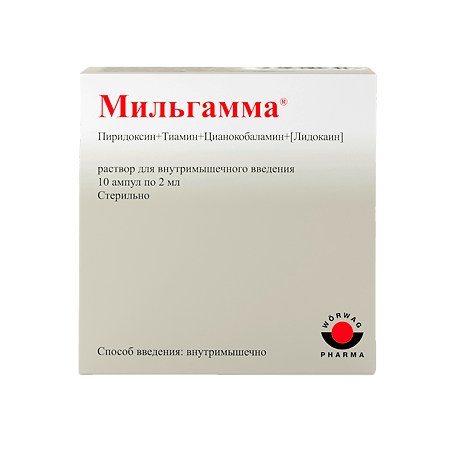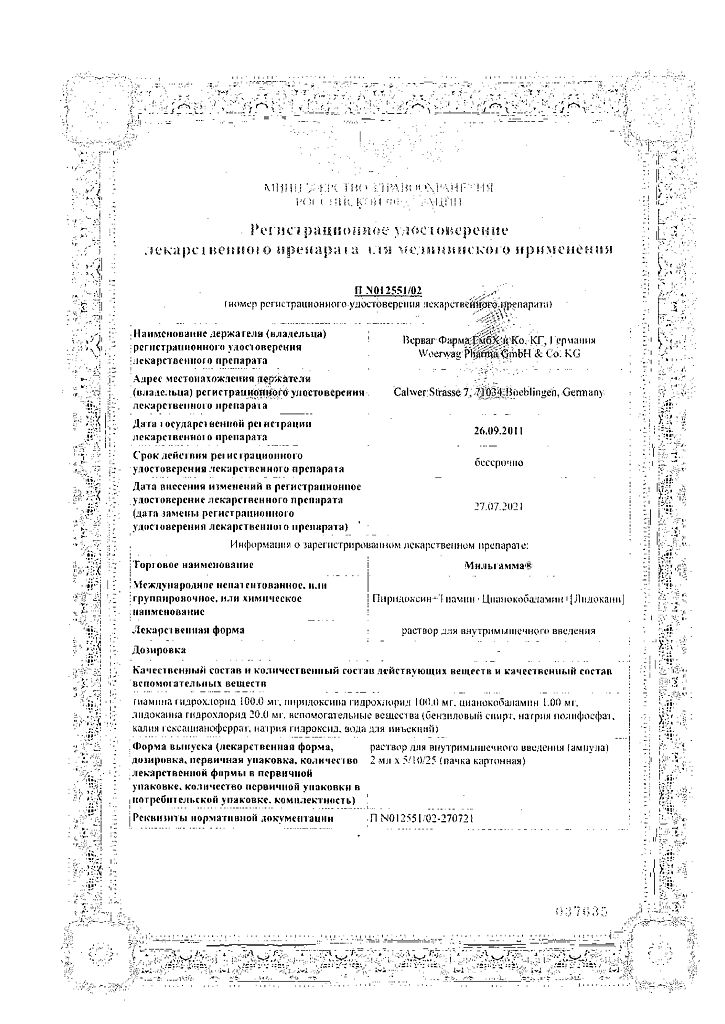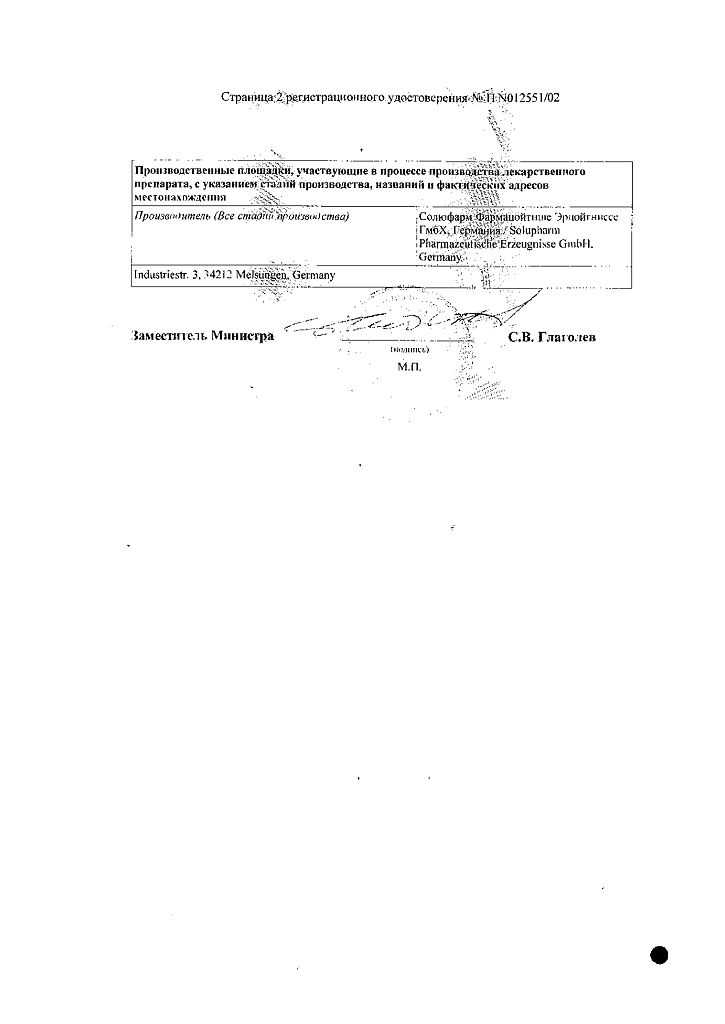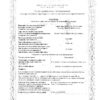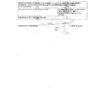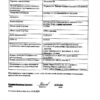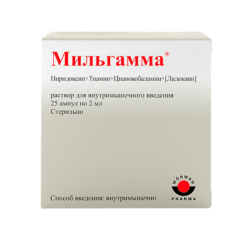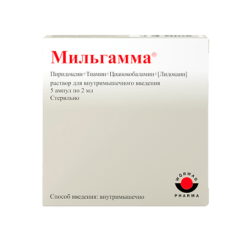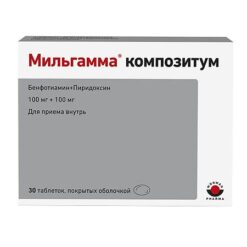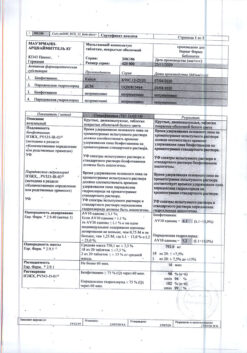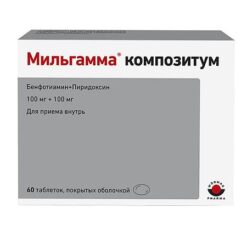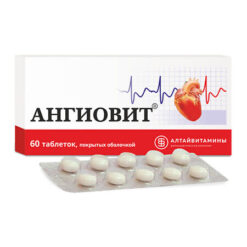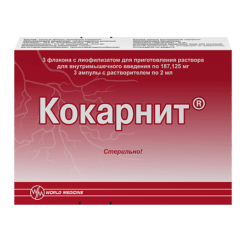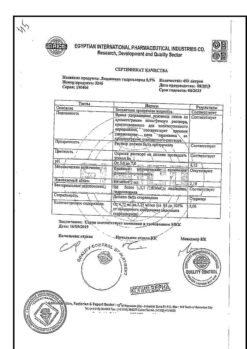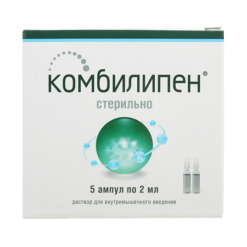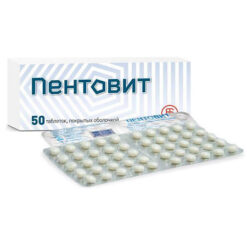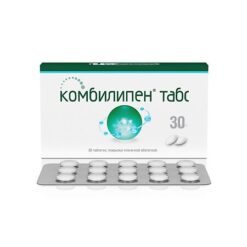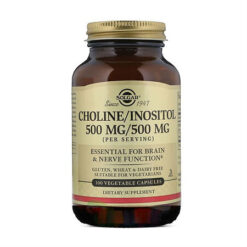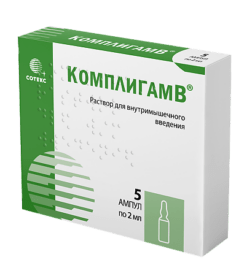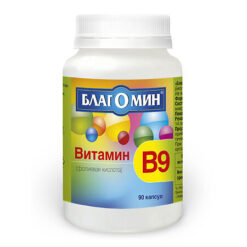Subtotal: €12.10
Pharmacotherapeutic group: B vitamins + other
ATX code: A11DB/N07X
Pharmacological properties
Pharmacodynamics:
The B-group neurotropic vitamins have beneficial effects on inflammatory and degenerative diseases of the nerves and the motor system. They increase blood flow and improve the function of the nervous system. Thiamine plays a key role in metabolism of carbohydrates, as well as in the Krebs cycle, with subsequent participation in the synthesis of TPP (thiamine pyrophosphate) and ATP (adenosine triphosphate). Pyridoxine is involved in protein metabolism and, in part, in carbohydrate and fat metabolism. The physiological function of both vitamins is to potentiate each other’s action, manifesting itself in positive effects on the nervous, neuromuscular and cardiovascular systems. In vitamin B6 deficiency, widespread deficiency states are quickly counteracted after administration of these vitamins. Cyanocobalamin is involved in the synthesis of myelin sheath, stimulates hematopoiesis, reduces pain associated with lesions of the peripheral nervous system, stimulates nucleic metabolism through activation of folic acid. Lidocaine is a local anesthetic agent, causing all types of local anesthesia: terminal, infiltration, conductive.
Pharmacokinetics:
After intramuscular administration, thiamine is rapidly absorbed from the injection site and enters the blood (484 ng/mL after 15 minutes on the first day of the 50 mg dose) and is unevenly distributed in the body with its content in leukocytes 15%, red blood cells 75% and plasma 10%. Because of the lack of significant stores of the vitamin in the body, it must be supplied daily. Thiamine penetrates the blood-brain and placental barriers and is found in mother’s milk. Thiamine is excreted in the urine in the alpha phase after 0.15 hours, in the beta phase after 1 hour, and in the terminal phase within 2 days. The main metabolites are thiamine carboxylic acid, pyramine and some unknown metabolites. Of all vitamins, thiamine is retained in the body in the smallest amounts. The adult body contains about 30 mg of thiamine as 80% thiamine pyrophosphate, 10% thiamine triphosphate and the rest as thiamine monophosphate.
After intramuscular injection, pyridoxine is rapidly absorbed into the bloodstream and distributed in the body, acting as a coenzyme after phosphorylation of the CH2ON group in the 5th position. About 80% of the vitamin is bound to plasma proteins. Pyridoxine is distributed throughout the body and crosses the placenta and is found in the mother’s milk, deposited in the liver and oxidized to 4-pyridoxylic acid, which is excreted in the urine, maximum 2 to 5 hours after absorption. The human body contains 40 to 150 mg of vitamin B6 and its daily elimination rate is about 1.7 to 3.6 mg with a replenishment rate of 2.2 to 2.4%.
Form of release
Solution for intramuscular administration
| Shelf life | 3 years Do not use after the expiration date. |
|---|---|
| Conditions of storage | Store in a light-protected place at 2 to 8 °C. Do not freeze! Keep out of the reach of children. |
| Manufacturer | Solufarm Pharmazeutische Erzeugnisse GmbH, Germany |
| Medication form | solution |
| Brand | Solufarm Pharmazeutische Erzeugnisse GmbH |
Other forms…
Related products
Buy Milgamma, 2 ml 10 pcs with delivery to USA, UK, Europe and over 120 other countries.


